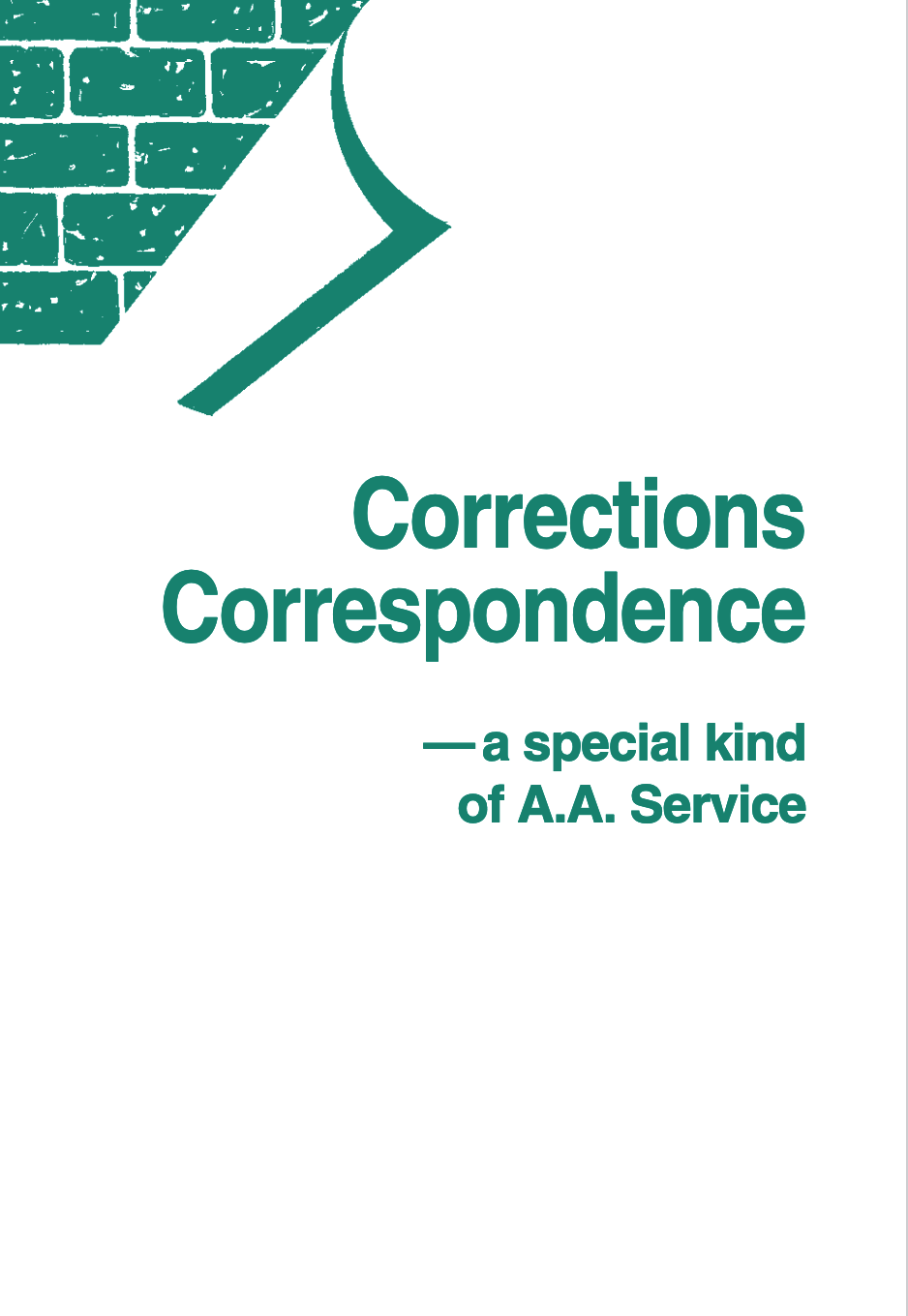PURPOSE
The purpose of this corrections committee is to coordinate the work of individual Alcoholics Anonymous members and groups who are interested in carrying our message of recovery to alcoholics in custody, and to set up means of smoothing the way from the facility to the larger A.A. community through pre-release contacts. The 3 pillars of Corrections are 1. Attending Inside Meetings, 2. Writing Letters (Corrections Correspondence Service), and 3. Pre-Release Program.
Why A.A.s Carry the Message Behind the Walls
Many A.A. members are unaware of the important work being carried out by corrections committees. To those involved, however, corrections work is an opportunity to carry the A.A. message to the confined alcoholic who wants to live sober, one day at a time. Through a corrections committee working with corrections personnel, alcoholics are reached who might never otherwise find the A.A. program. An active corrections committee is a vital link to prisons and jails, providing professionals and other workers in correctional facilities with information about A.A., literature, and guidelines for setting up A.A. groups on the inside.
The aim of our corrections committee is to provide information about the corrections process— from the formation of a corrections committee to the functions such a committee can perform. We suggested ways in which A.A. members can best do corrections work, as well as suggest activities for local committees. The needs and experiences of our area will determine what our committee should decide to do. These are all suggestions to spark our thinking on how to form a corrections committee and cooperate with correctional facilities people, but not limited to.
A Mini-History
The first Correctional Facilities Committee was formed in 1977 when the Institutions Committee of the General Service Conference was dissolved and two committees were formed: Correctional Facilities and Treatment Facilities. Local corrections committees have been established throughout the years, most of them working in collaboration with local intergroups or central offices, and within the organizational structure of local institutions committees.



